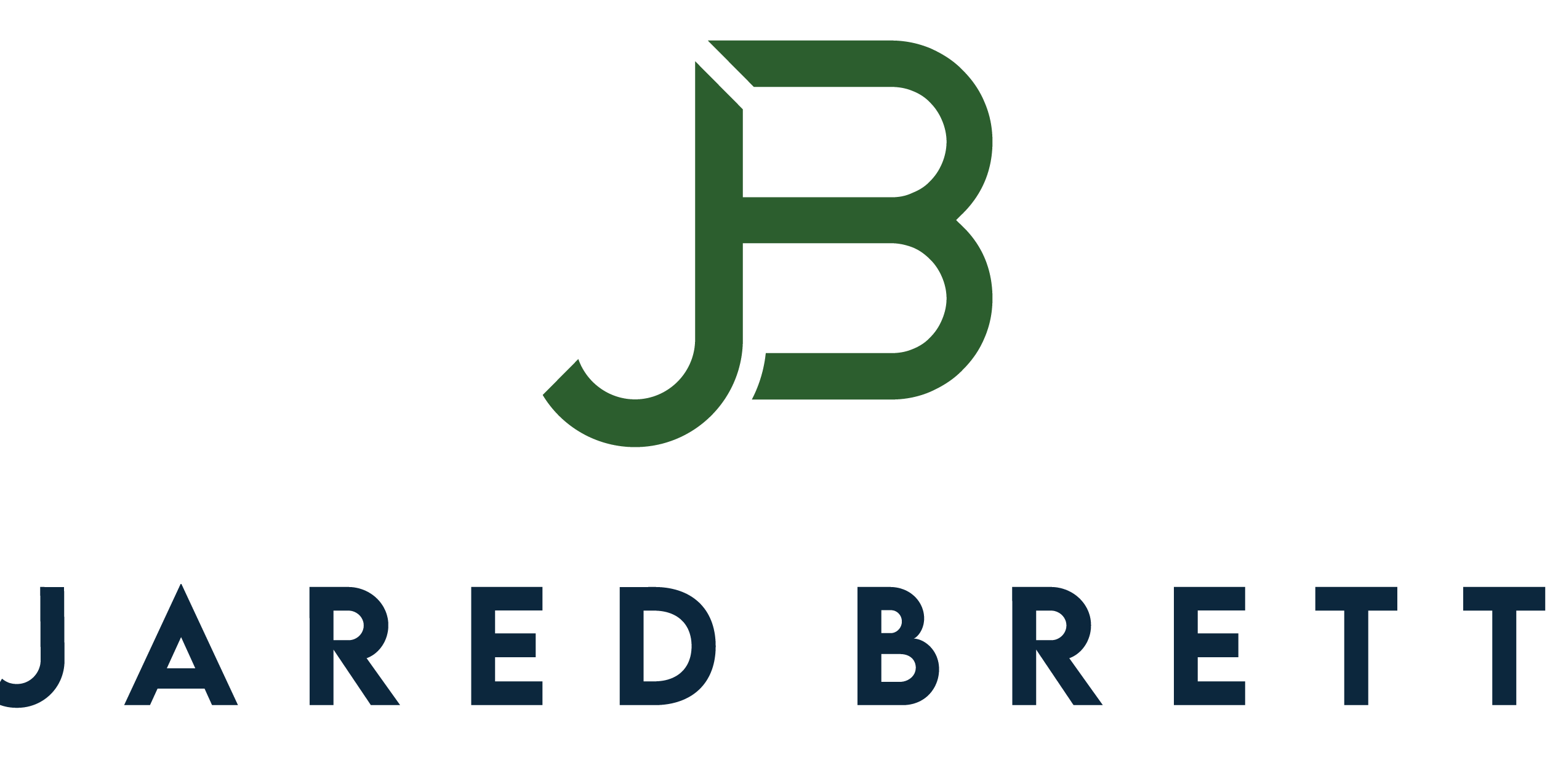Predictions for product management are essential to long-term success.
Imagine sailing in an ocean full of possibilities and potential; this is what it’s like for today’s product managers. Every year, this role becomes more vital to the success of our companies.
We map out our course, crafting intricate strategies to ensure smooth sailing from start to finish. With experience and skill, we can navigate through choppy waters and overcome unexpected obstacles, keeping our teams on track toward success.
However, 2023 is shaping up to be a storm of a bit higher magnitude. Product managers will need to keep their heads up and use all the skills at their disposal to stay afloat.
With the state of the economy and tech trends I’m seeing at big tech firms like Amazon, Meta, and Google, here are my top 3 predictions for things 2023 will bring to the product management space.
Table of Contents
How to Tell the Future
Tip One: Read Industry News
Tip Two: Watch for Global Shifts
Tip Three: Stay on Top of Statistics
Tip Four: Make Connections
Tip Five: Trust Your Gut
Prediction One: Layoffs
How to Prepare for Layoffs
Prediction Two: Rise of the Platform PM
How to Prepare for Platform Project Management
Prediction Three: Unicorn Start-ups
How to Prepare to Start a Unicorn
Conclusion
How to Tell the Future
Are predictions for product management sectors really all that important?
Before diving into exactly what I think is coming down the line, let’s get into the nitty-gritty of how I made these predictions. Being able to predict trends is a vital skill for all product managers. This is how we can see what products will be interesting for our customers.
The same effort that goes into forecasting consumer trends goes into forecasting business trends like those I’ve laid out below. Like a sailor watching the sky, keeping an eye on the horizon is a great way to stay on top of what’s coming.
This kind of foresight allows you to spot growth opportunities, as well as prepare for any risks headed your way. If you want to try your hand at making predictions for yourself, here are some things to keep in mind.
Tip One: Read Industry News
The signs of disruption are often spelled out so that everyone can see them. Take the time to learn about emerging technology, challenges in the sphere, and what moves major players in the industry are making.
Using this knowledge, you’ll be able to see when change is coming by tracking disruptive innovators and watching for any signs of discontent.
Tip Two: Watch for Global Shifts
The world is a large and complex place. Even small changes in the global economy, politics, or culture can have big impacts on the corporate landscape.
As you pin down what to expect this year and how to prepare for changes, keep in mind the headlines and trends around you. For example, considering the rising inflation, you can make some logical conclusions about the potential for layoffs.
Tip Three: Stay on Top of Statistics
You should be looking into reports on sites like statista.com for your work as a product manager, so expanding your research to include hiring trends or leadership values this season won’t be difficult.
If you see a dip in hiring or a shift in what C-suite executives are wanting to focus on, you’ll be able to spot the writing on the wall.
Tip Four: Make Connections
I have a large network of professionals from my time as a product manager. It’s in everyone’s best interests to connect and share insights about the future of our shared space. You never know what you’ll be able to spot when you put your heads together.
Tip Five: Trust Your Gut
While data-driven decision-making is a vital part of our industry, sometimes it’s necessary to trust your instincts and go with a hunch. Your experience and intuition have gotten you this far, so don’t be afraid to trust them when predicting the future of product management in 2023.
With these skills and years of experience, I’ve made a few predictions of my own. Let’s look at what’s coming down the pipeline and how you can be prepared with these predictions for product management teams.
Prediction One: Layoffs
Layoffs are coming for Product Managers. Even companies with strong balance sheets and large moats are looking at unfavorable costs of capital. New debt is more expensive than the alternative, which is to redirect existing funds.
This means some of the less sure bets firms are making will get cut. The first wave of layoffs in 2022 captured the low-hanging fruit, letting go of underperforming employees or job functions like recruiting, which don’t need to be as large when you’re downsizing instead of hiring.
The next wave will eliminate whole programs. Engineers are more fungible than product managers, meaning they can be reallocated to existing teams more easily. Product managers are going to get caught in the next wave of layoffs.
How to Prepare for Layoffs
How are the predictions for product management teams able to prepare for layoffs?
A great thing about product managers is we are hardwired to find solutions for pain points. You can use that problem-solving mentality to prepare for what’s coming.
With the possibility of a layoff in the future, you should make sure your resume is fully up-to-date. Include any new skills you’ve learned on the job, and make sure you know what you’re worth.
As a product manager, you’ve likely built up an extensive network. Continue to strengthen those relationships, as you never know where your next job or business partner could come from.
Building out your portfolio is another great way to prepare for a potential job loss. Even if you’ve been in the business for a long time and never needed a portfolio, the job market has changed.
A great portfolio will include the following:
- a broad range of products
- extensive product requirements documents (PRD)
- a clear structure
- up-to-date skill set
- case studies
- testimonials
Find a way to make your portfolio stand out while still being professional.
For more ideas about what you can focus on as a wave of layoffs fills the horizon, let’s look at my other predictions for product management this year.
Prediction Two: Rise of the Platform PM
While companies are going to divest from some of their less sure bets, they can’t divest from security, performance, and reliability. There will be some high-performing product managers who were leading divested projects who firms want to keep.
Where will they put them? My 2023 prediction is we’ll start to see the rise of product managers for internal platform teams.
Every firm I’ve worked at has central teams making sure deployed code is secure or battles to provide the uptime and low latency at a reasonable cost. They’ve also let these be bottlenecks in the launch process, considering them necessary evils.
In 2023, we’ll see firms experiment with throwing a product manager at the problem to apply product thinking to build platforms and services that remove this bottleneck. Who is the customer? Internal developers.
How to Prepare for Platform Project Management
If you’re hoping to shift into platform product management, there are a few skills you’ll want to focus on.
- Take a Step Back – All your product management thus far should have you primed to focus on the big picture. As a platform PM, you would be working with multiple product lines, requiring a robust strategic vision.
- Communication is Key – Managing a platform requires you to be the go-between for customers, managers, and developers. Knowing how to listen and respond to each type of stakeholder will give you an edge.
- Technical Skill – Because of its inward-facing focus, platform product management can look a lot like technical product management. As you’ll be working a lot with developers and engineers, having a background in those fields can be helpful.
- Understand Project Management – While product and project management are very different, having a grasp on the skills required will give you an edge when it comes to platform product management. Make sure you have plans in place to remove team blockage and keep the process healthy.
- Customer Focus – While it is important to keep a focus on the computer science problems that come up in platform management, make sure you keep an ear to the customer’s needs. Ultimately, they are the ones that the platform is for.
A shift in focus might not be for everyone, and there’s no guarantee that you’ll find traction as a platform product manager. Thankfully, this isn’t my only prediction for growth in the coming year.
Prediction Three: Unicorn Start-ups
Unicorn start-up founding teams are on track to form. Necessity is the mother of invention. In 2023 we’ll see a glut of very smart and ambitious people who would otherwise be happy to keep vesting their restrictive stock units at big tech considering diving into start-ups.
This might be due to layoffs or just general uncertainty about their prospects or salary. Many big tech employees whose compensation is so closely tied to stock prices are looking at significant haircuts in 2023 compensation, 30-60% in some cases.
As a result, more people will consider jumping ship to be a part of a founding team. While these teams will face strong headwinds, they’ll be ahead of the curve, with strong plans, research, and maybe even a beta product when venture investments start significantly ramping up again in 2024 post-recessionary fears.
To be clear, a Unicorn company is a privately held start-up with an evaluation of over $1 billion. Building a unicorn is rare and challenging, but with hard work and a bit of luck, you can join the ranks of SpaceX, Robinhood, and Instacart. If your ambition is to be an early employee or founder of a unicorn, now is the time to start.
How to Prepare to Start a Unicorn
To build a start-up to unicorn status, you’ll need to have mastered the following:
- innovative ideas
- business planning
- engagement with investors
- visions for growth
A founding team will need to wear lots of hats, but product management will have already prepared you for many of them.
Innovation is difficult to manufacture, but with an eye on market trends and an understanding of the needs and desires of consumers, your team should have what it takes to create the next big thing.
Don’t skip out on steps like market research and testing. A strong, data-backed pitch will do a lot of the heavy lifting down the line.
Your experience creating long-term product roadmaps will be invaluable when you start planning out your business. Knowing exactly what the expectations are and how you will scale and maintain growth will help you communicate your vision to potential investors.
Start-ups are all about growth, and a unicorn requires monumental growth off the bat. Prepare to explain how your product will go viral, why it’s different from the competition, and how you plan to make money off it. Investors are all about traction, so don’t be afraid to launch that MVP and start getting feedback and clients/customers if you want to get on a VC’s or Angel investor’s radar.
Engaging with investors should be an ongoing process throughout your journey toward becoming a unicorn. Keep up to date on new funding opportunities for start-ups, and always strive to keep any investor relationships meaningful and engaged. Stay aware of any changes in the market that could affect fundraising efforts.
Finally, don’t forget about yourself! Starting a business is incredibly rewarding but also very demanding—make sure you’re in the right frame of mind to handle the challenge.
Take breaks when necessary, talk to mentors and advisors, and always prioritize your mental health. Build a team you believe in and lean on each other to round out your strategy.
Creating a unicorn business requires an incredible amount of work, but with some well-thought-out preparation, it can be done.
Conclusion
While it may be impossible to truly tell the future, years as a product manager have made me sensitive to trends. We’re already seeing the start of layoffs in the tech industry, and there’s no denying the power that unicorns like Nuro and Instacart have in the current marketplace.
What do you think 2023 holds for the product management sector? Have you started to see any of these predictions coming true? I’d love to hear from you in the comments below.
Hopefully, with some foresight, you’ll be able to ride the waves of change and sail into a bright future with these predictions for product management sectors.



